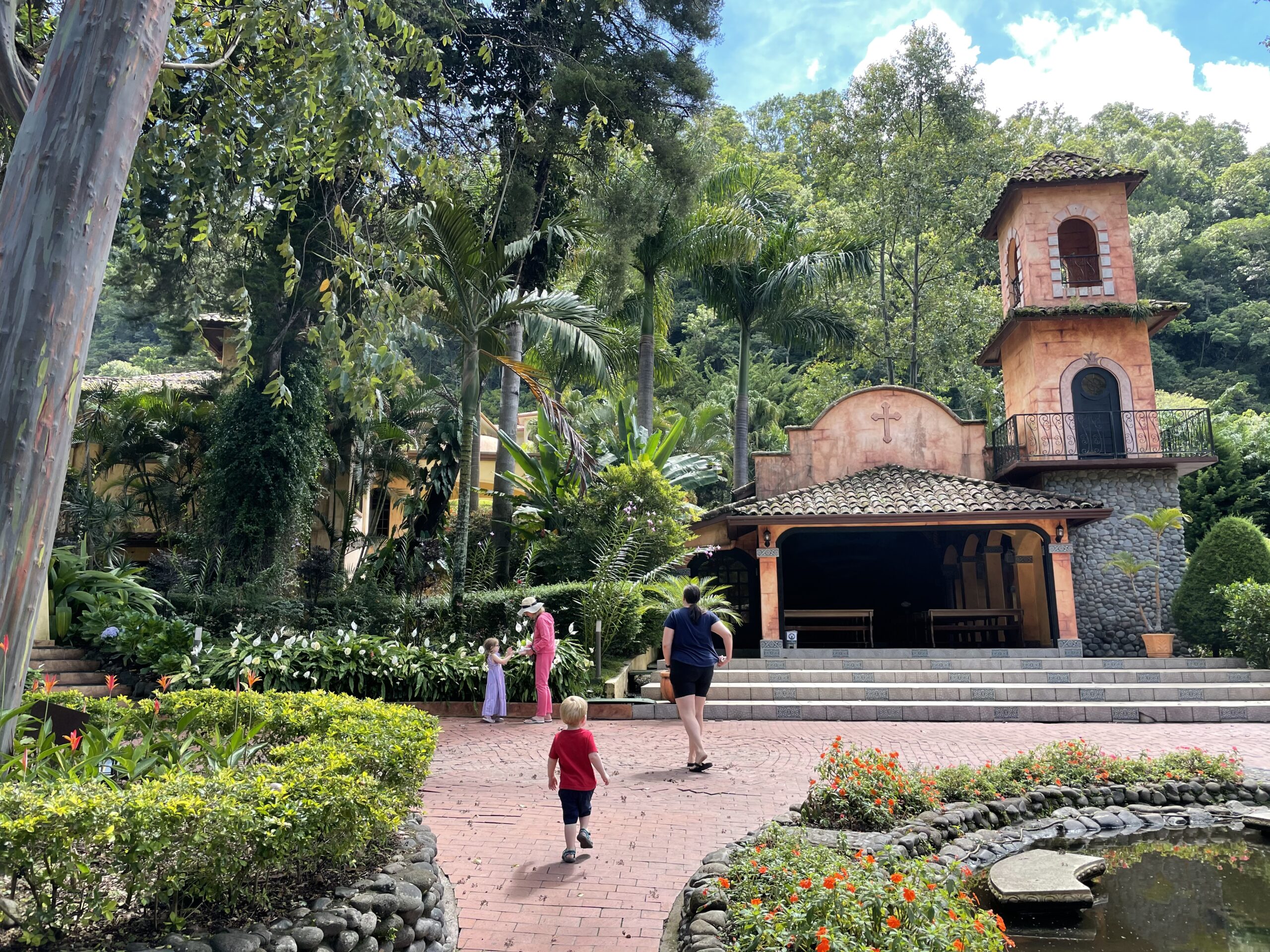There’s a kind of wealth most people never talk about.
Not money. Not investments. Not even a passport.
Just a small plastic card — a second residency.
It doesn’t look like much. It sits quietly in your wallet, tucked behind your driver’s license. You don’t flash it around. No one ever asks about it.
But that one card changes everything about how you move through the world.
Because when things shift — politically, economically, or personally — that card means you always have another place to go. A place where you’re not a tourist. A place that welcomes you home.
A Simple Form of Security — Why a Second Residency Matters
A second residency isn’t complicated. It’s not citizenship or a passport — at least not yet. It’s simply legal permission to live, work, and build a life in another country for as long as you want.
It’s the right to enter a different line at immigration — the line for residents. You show your residency card, and you’re waved through with a nod. No questions about how long you’re staying or why you’re there.
That small gesture — being welcomed instead of scrutinized — carries more peace of mind than most people realize.
It means that no matter what happens elsewhere, you and your family are never trapped by circumstance or paperwork. You have a Plan B — a second home where the doors stay open when the world gets unpredictable.
You Don’t Need to Move There — Maintaining Residency Over Time
The beauty of a permanent residency or temporary residency program is that it doesn’t require you to uproot your life.
You can maintain it quietly, year after year, while living wherever you choose. You don’t have to speak a new language, sell your home, or change your daily routine.
Most residency programs only require one short visit every year or two to stay active. That’s the “burden” — you have to go on vacation to your second country once in a while.
Some drawback.
Maybe one day that residency turns into second citizenship. Maybe it doesn’t.
Either way, the value isn’t in the paperwork — it’s in the option.
Freedom That Extends to Your Children — Residency as a Family Legacy
A second residency isn’t just about where you can go. It’s about what your children inherit.
My kids have Panamanian residency cards. They’ll keep them as long as they maintain them — a simple annual renewal that preserves something far more valuable than the plastic itself.
There’s a funny story behind my son’s card. My wife was trying to put sunscreen on him before we took his residency photo. He fought her the whole way. He ended up with a little sunburn on his face — and that’s what’s immortalized on his official Panamanian residency card.
That card does more than memorialize a toddler’s stubbornness. Because they’re children, their pathway to Panamanian citizenship is significantly shorter than ours as adults. And even if they never think much about it, maintaining that residency for decades carries enormous weight when a judge eventually considers their naturalization application.
It’s already changing how they see the world. Having that residency created the incentive to switch their Netflix to Spanish — something that’s far easier for young brains to absorb than it ever will be for mine.
That’s what a second residency does for your children: it opens doors before they even know they exist.
The Freedom No One Sees — The True Value of a Second Residency
The most powerful freedoms aren’t loud. They’re quiet, steady, and personal.
Having a second residency means that while others see uncertainty, you see options. While others wait for permission, you already have a place waiting for you.
It’s not about escaping. It’s about expanding what’s possible.
Because when you hold that card, you’re not just holding permission to live somewhere else — you’re holding the assurance that no matter what happens, you and your family will always have somewhere you’re welcome to go.
And in an unpredictable world, that quiet certainty is worth more than most people will ever realize.

